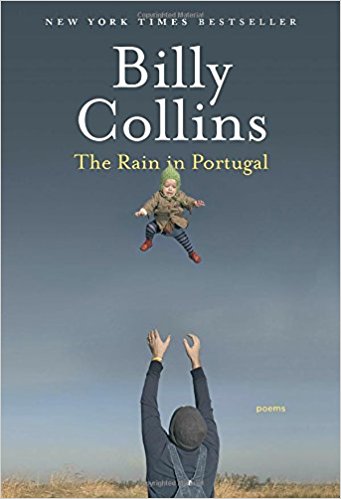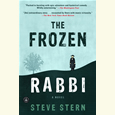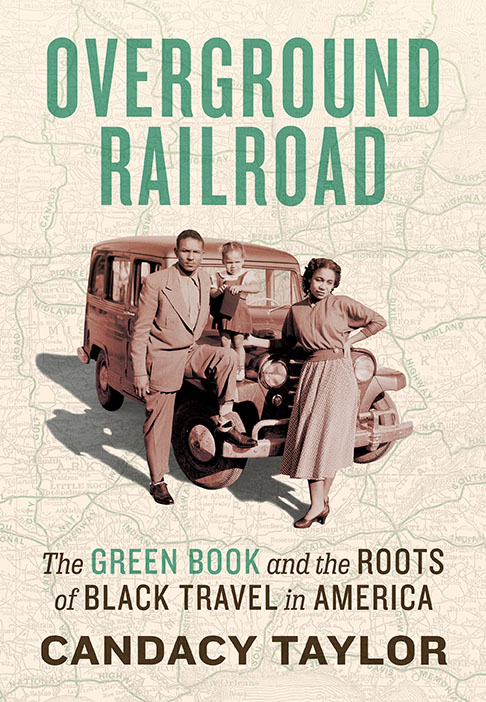What’s Most Sacred
Cemeteries reveal the good, bad, and ugly sides of U.S. history
In Over My Dead Body, author Greg Melville leads readers on a fascinating journey through time by means of the burial grounds and death practices of the United States from colonial Jamestown to the present day. A decorated Navy veteran who teaches writing and literature at the United States Naval Academy, Melville spent a summer in college working at his hometown cemetery and the experience left a lasting impression.
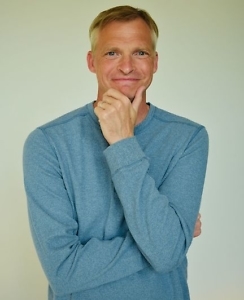
Readers who pick up his book expecting macabre anecdotes or a literary ghost tour will find instead a riveting historical travelogue. As Melville says, “Here, I try to tell the story of American graveyards — these vast outdoor archives of art, history, literature, religion, life, and death — before they disappear.” The story he tells, cemetery by cemetery, is informative, enlightening, thought-provoking, and often shocking. Melville describes the role of cemeteries in the establishment of the first public parks and art installations, in early efforts at landscape architecture and environmental conservation, as political tools and cultural battlegrounds, and as pawns in stories of greed and corruption, racism and oppression, and the rise of the multibillion-dollar “Death Industrial Complex.” As Melville writes, “Graveyards across the county are the time capsules of our communities, recording — and sometimes even shaping — America’s winding forward path. Every cemetery has a story.”
Chapter 16: Traditional cemeteries are filling up, cremations now outnumber burials, and the environmental impacts of burial are mounting. Do you see a path forward for cemeteries to continue to exist and, if so, what resources will be required?
Greg Melville: I’m not the greatest at predicting the future, but I think the path forward for cemeteries will be very grassroots, so to speak. At least in the near term. The most vibrant and successful cemeteries today are the ones that have enmeshed themselves with the community, successfully inviting local residents to use the space as a place of recreation and enjoyment. You see this with Green-Wood Cemetery in Brooklyn, which is like an outdoor art museum and holds all kinds of cultural events. Or Hollywood Forever in Los Angeles, which holds a massive Day of the Dead Celebration and puts on movie screenings and concerts. The Nashville City Cemetery puts on “living history” tours and even organizes a Memorial Day 5-K road race, which brings people into the cemetery who otherwise might not think of visiting.
Chapter 16: You write, “If you consider a cemetery to be the resting place for the essences of people’s lives, then Facebook is the largest cemetery in the world, housing the accounts of 30 million dead people and rising.” How do you believe that digital memorialization will ultimately affect the burial industry?
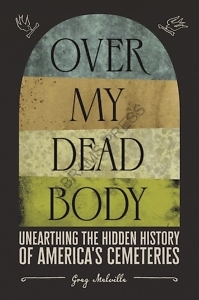 Melville: It’s largely an American notion, arising in the mid-19th century, that in death everyone gets a headstone. The original reasoning behind it was basically to ensure a little piece of immortality on Earth for everyone. But headstones don’t hold much data, do they? Especially compared to our social media accounts. We’ll see what the future holds, but I think digital memorialization will dramatically reduce the number of people who feel the need to give themselves an “eternal” physical resting place at life’s end.
Melville: It’s largely an American notion, arising in the mid-19th century, that in death everyone gets a headstone. The original reasoning behind it was basically to ensure a little piece of immortality on Earth for everyone. But headstones don’t hold much data, do they? Especially compared to our social media accounts. We’ll see what the future holds, but I think digital memorialization will dramatically reduce the number of people who feel the need to give themselves an “eternal” physical resting place at life’s end.
Chapter 16: Your book reveals that burial practices have often presented yet another opportunity to mistreat, discriminate against, and generally erase the history of Indigenous peoples, Black Americans, immigrants, and other marginalized groups. What, in your opinion, can be done to uncover and, to the extent possible, correct such wrongs before those graves are lost forever?
Melville: We need to start by drawing attention to, and confronting, the inequality in how we treat the dead — which is what I’m hoping to do in some small way in the book. We should fight for equal resources in our own local communities to be dedicated to restoring and preserving these vital capsules of history. And we need to support the organizations that are leading preservation efforts, like the Black Cemetery Network at the University of South Florida and the State Burial Laws Project at American University.
Chapter 16: You write, “Our cemeteries reveal where our values lie and how we lie about our values.” Your book is very critical of modern burial practices. If you had the power, what reforms would you institute to the “Death Industrial Complex”?
Melville: I would want to see a rapid transition to natural burial practices. Each gravesite is like a mini toxic waste site, with the preservatives injected into the body and the materials used for caskets and vaults. Reducing the environmental footprint of burial would also shrink the price tag dramatically for mourning families.
Chapter 16: Despite your extensive research and personal visits to many important cemeteries throughout the country, New Orleans — a city known for its fascinating cemeteries — is not covered in the book. Are there other such locations you were unable to include but may hope to visit in the future?
Melville: There are more than 140,000 identified cemeteries in the U.S., almost 10 times the number of Starbucks, and each one is filled with interesting, amazing stories. I tried to focus on cemeteries that somehow played a role in shaping American history. Burial grounds were where city parks and the profession of landscape architecture were born. They’re the longest standing symbols of free religious expression, the first suburban planned communities, the first public art museums, and the first theme parks. They’ve been Cold War battlegrounds and served as military recruiting tools. Hopefully, this book will encourage readers to explore the wealth of culture, history, tradition, and art that all graveyards possess.
Chapter 16: What insights into their own decisions regarding a final resting place do you hope readers will take away from your book?
Melville: Yes, the book is about cemeteries. But the message I ultimately want to get across is that what’s most sacred in this world isn’t what happens to our bodies after death, but how and for whom we live our lives.
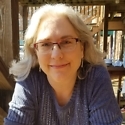
Tina Chambers has worked as a technical editor at an engineering firm and as an editorial assistant at Peachtree Publishers, where she worked on books by Erskine Caldwell, Will Campbell, and Ferrol Sams, to name a few. She lives in Chattanooga.

